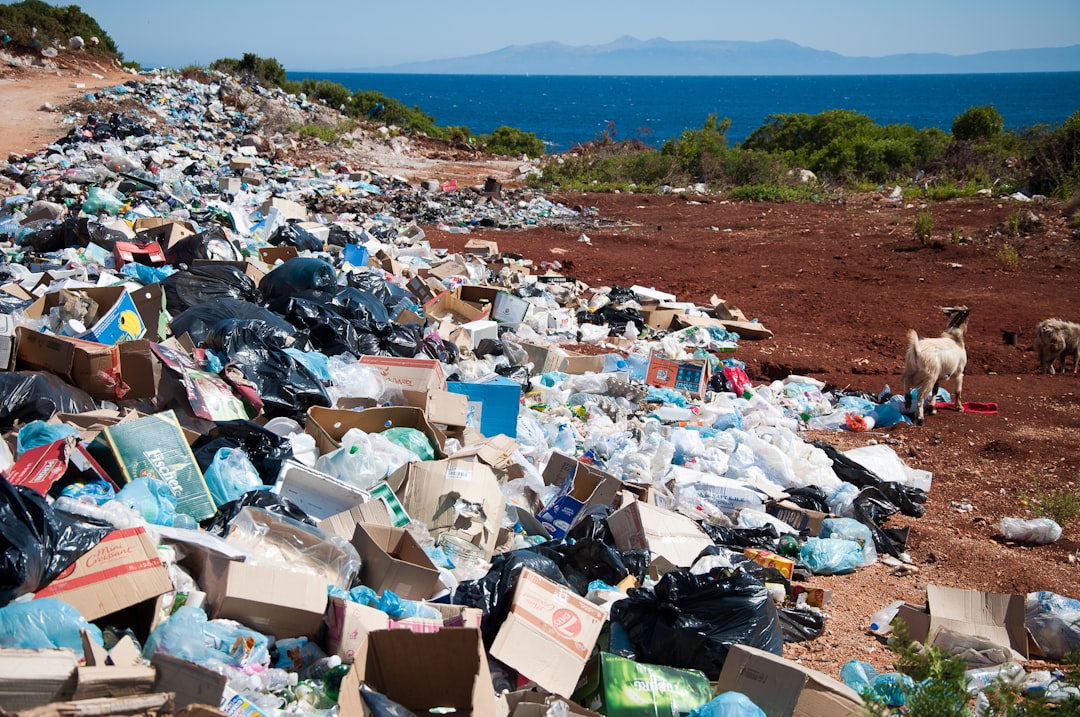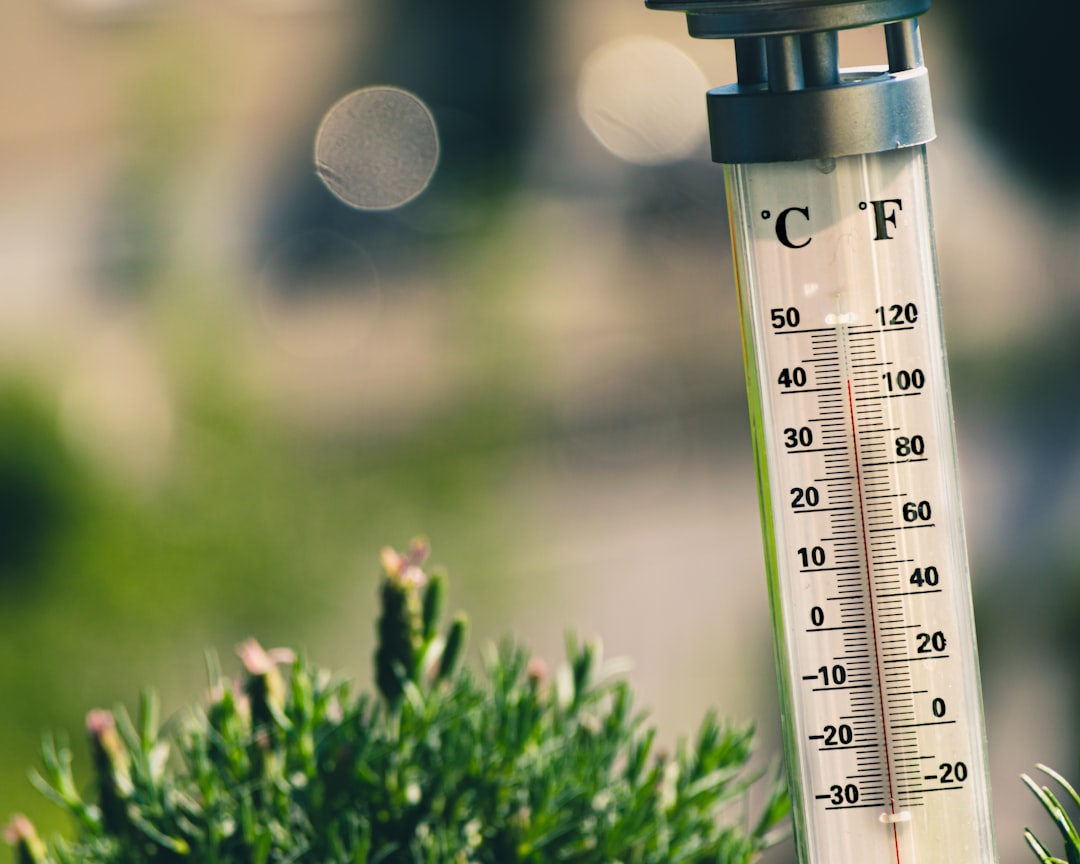What is it about?
Silver is a pollutant of high concern in aquatic ecosystems, considered among the most toxic metallic ions. In lacustrine environments, contaminated sediments are a source of Ag for the food web. Chironomidae are the most abundant, diverse, and representative insect groups in aquatic ecosystems. Given their trophic position and their life habits, these larvae can be considered the entry point for the transference of Ag, from the benthic deposit to the higher trophic levels of the food web. The aim of this study was to analyze the role of chironomids in the transference of Ag from the benthic reservoir of Lake Moreno Oeste to the food web.
Featured Image
Why is it important?
This study analyzed the role of chironomids in the transference of Ag from a benthic reservoir to a lacustrine food web. The concentration of Ag in chironomid larvae tissue ranged from 0.1 to 1.5 μg g−1 dry weight, reaching a bioaccumulation factor up to 17 over substrates. The main Ag transfer to higher trophic levels by chironomids occurs in the littoral zone, mostly from larvae inhabiting submerged vegetation (Myriophyllum quitense) and sediment fromvegetated zones. This study presents novel evidence of the doorway role played by chironomid larvae in Ag pathways from the sediments into food webs of freshwater ecosystems.
Read the Original
This page is a summary of: Silver bioaccumulation in chironomid larvae as a potential source for upper trophic levels: a study case from northern Patagonia, Environmental Science and Pollution Research, November 2017, Springer Science + Business Media,
DOI: 10.1007/s11356-017-0656-0.
You can read the full text:
Contributors
The following have contributed to this page










